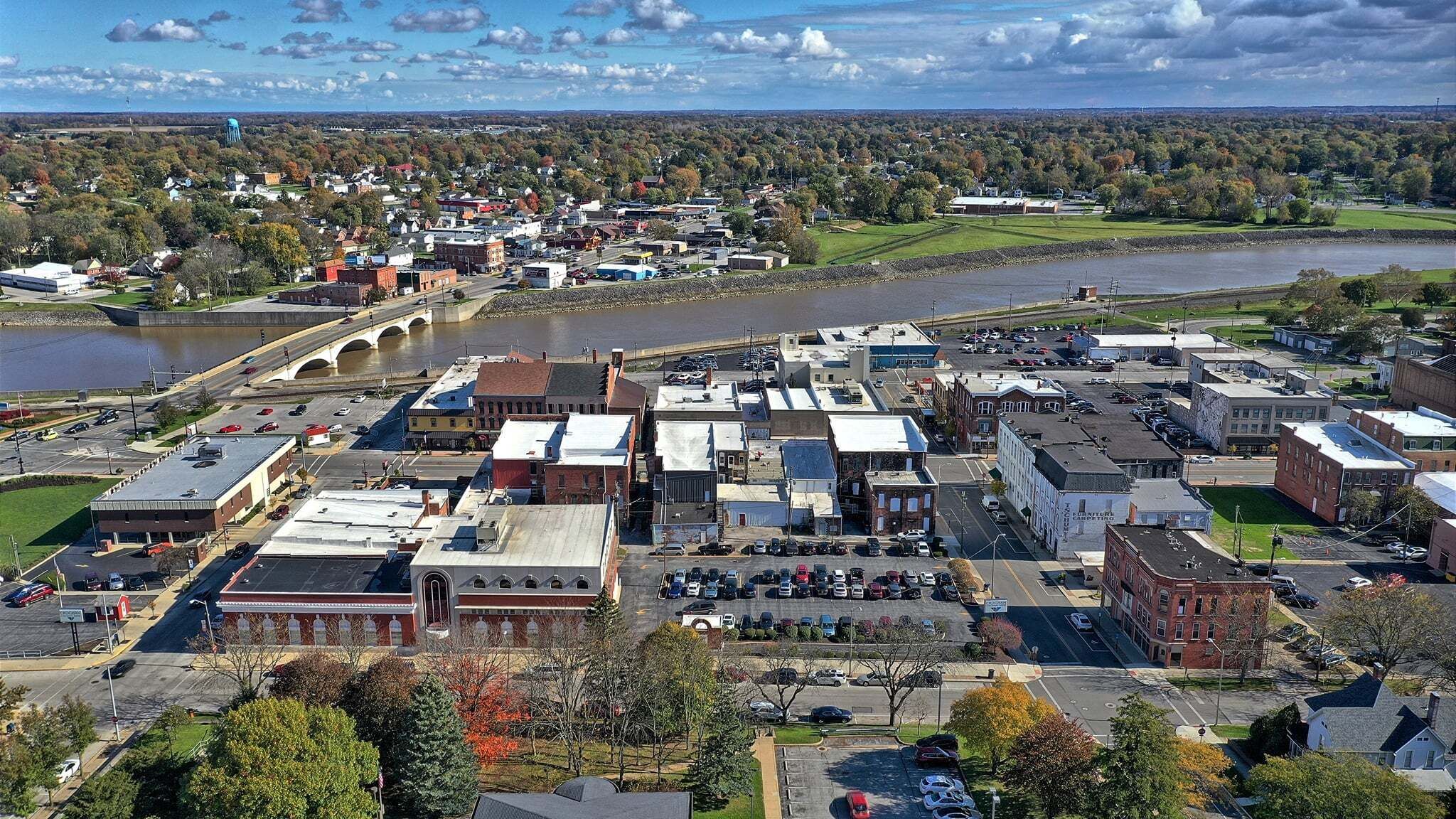

Community Definition and Identity
We define our geographical location, the 43420 zip code area, as Greater Fremont. This includes the city of Fremont, Ohio, as well as the neighboring Ballville and Sandusky Township (Figure P.1-1). Greater Fremont, formerly known as Lower Sandusky, is located along the banks of the Sandusky River. It sits on the former site of Junquindundeh, (an) a historic Wyandot village. In 1803, the southeastern portion of the Northwest territory was admitted to the union as the state of Ohio. The city of Fremont is known for the Battle of Fort Stephenson, a historic battle of the War of 1812, being home to many Wyandot Indians and a refuge for African American Slaves who escaped slavery and the home of the 19th president of the United States, Rutherford B. Hayes. The Hayes family continues to have a relationship with the community offering tours of the home and the museum with the first Presidential Library. This historical property is open to the public and is used for Civil War Reenactments, festivals and is a popular walking and biking destination for residents.

Fremont is also home to many notable names.1997 Heisman Trophy winner and Pro Football Hall of Fame, Charles Woodson, 19th President of the United States, Rutherford B. Hayes, Olympian and UFC fighter, Mark Coleman and Charles Stilwell, professional boxer and champion, Alycia Baumgardner, an inventor who manufactured the paper bag.
Fremont is the county seat for Sandusky County within the Metro Toledo, Ohio region. It is centrally located between two major cities; Toledo and Cleveland. The city, including the townships, is home to 30,579 residents and 13,708 households, called the Greater Fremont 43420 Community. The community prides itself on being an inclusive, diverse community, rich in history and generations of families where People Come First.
An identifying, unique feature of Greater Fremont is the diverse population. According to the 2022 United States Census, Greater Fremont has a 13.2% ethnic background population, at the city level 26.6% ethnicity, compared to other rural communities. Looking beyond ethnicity, diverse perspectives address social determinants of health as defined by the Centers for Disease Control and Prevention (CDC), to impact economic stability, quality education, quality healthcare, neighborhood environments, and social engagement.
Key Advantages and Challenges
Greater Fremont faces many of the challenges of other rural communities. We have identified minimal growth, need for more housing infrastructure, high poverty rate above the 13.4% state average, and labor shortages as key challenges. While Greater Fremont seeks to improve some significant areas, we also have many strengths. We have strength in our diversity, high school graduation rates, educational facilities, tourism opportunities, Think Fremont Economic Development plan, and revitalization of our downtown. These strengths will help guide and improve our position to make this a community where people want to work, live, play, or shop.


